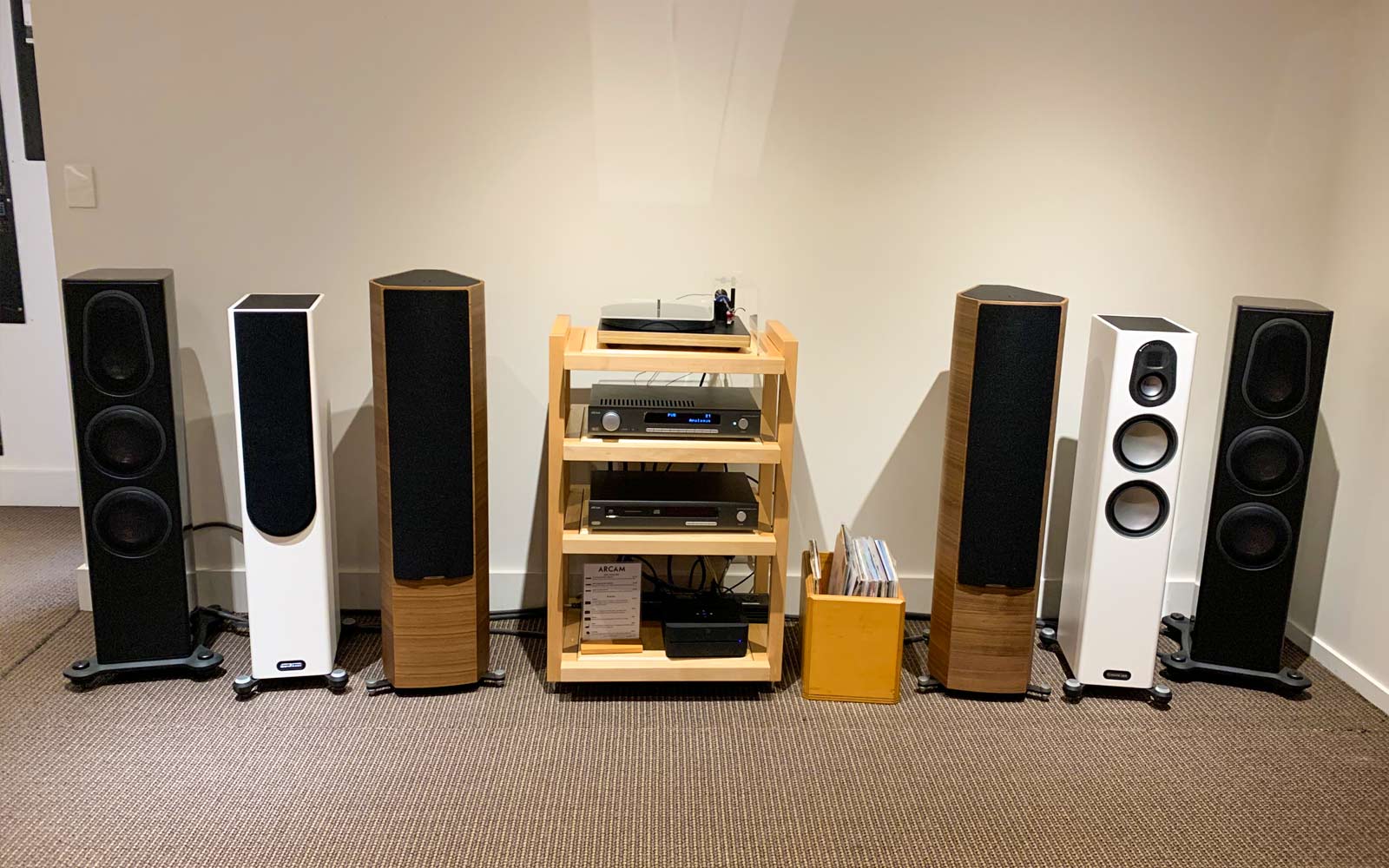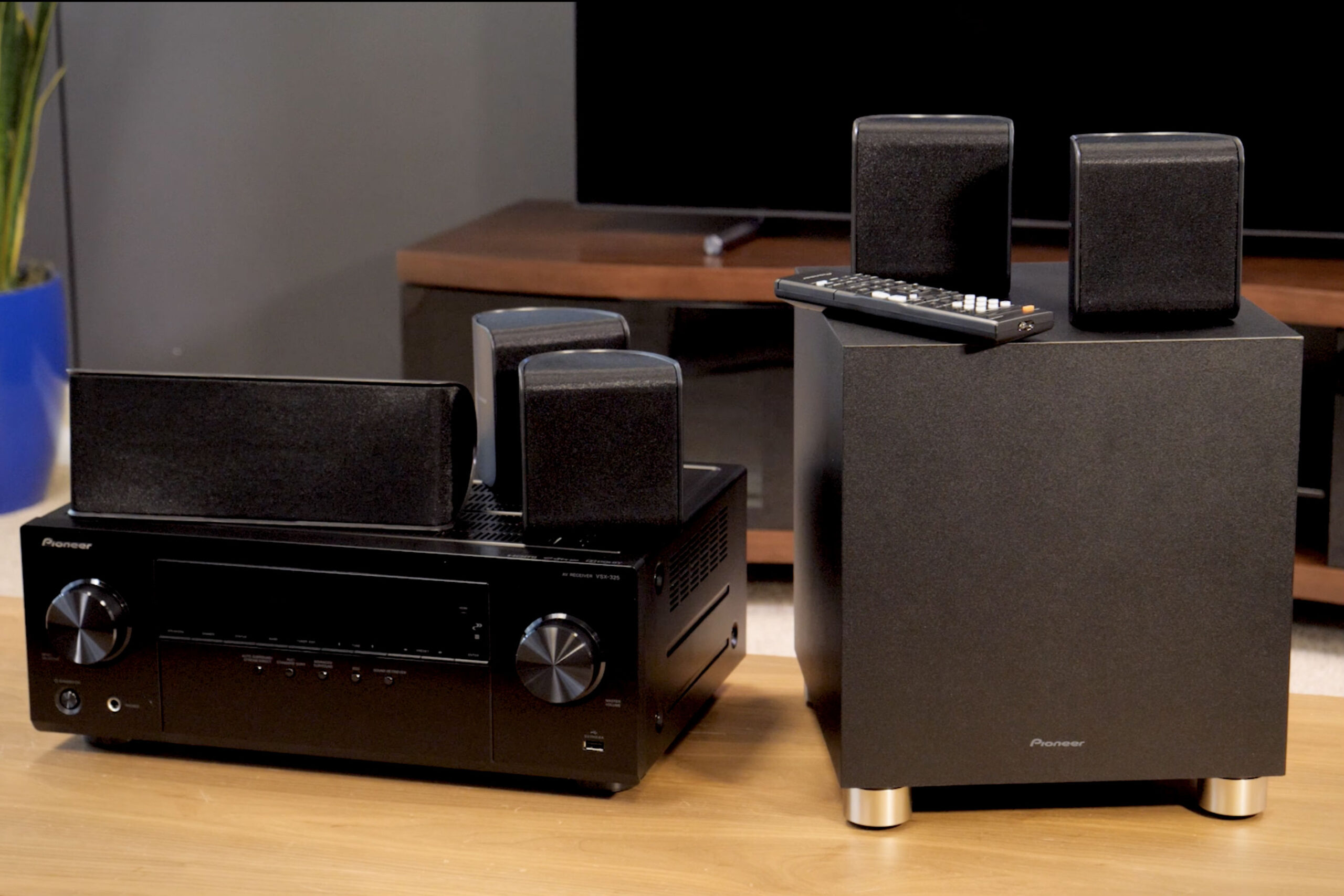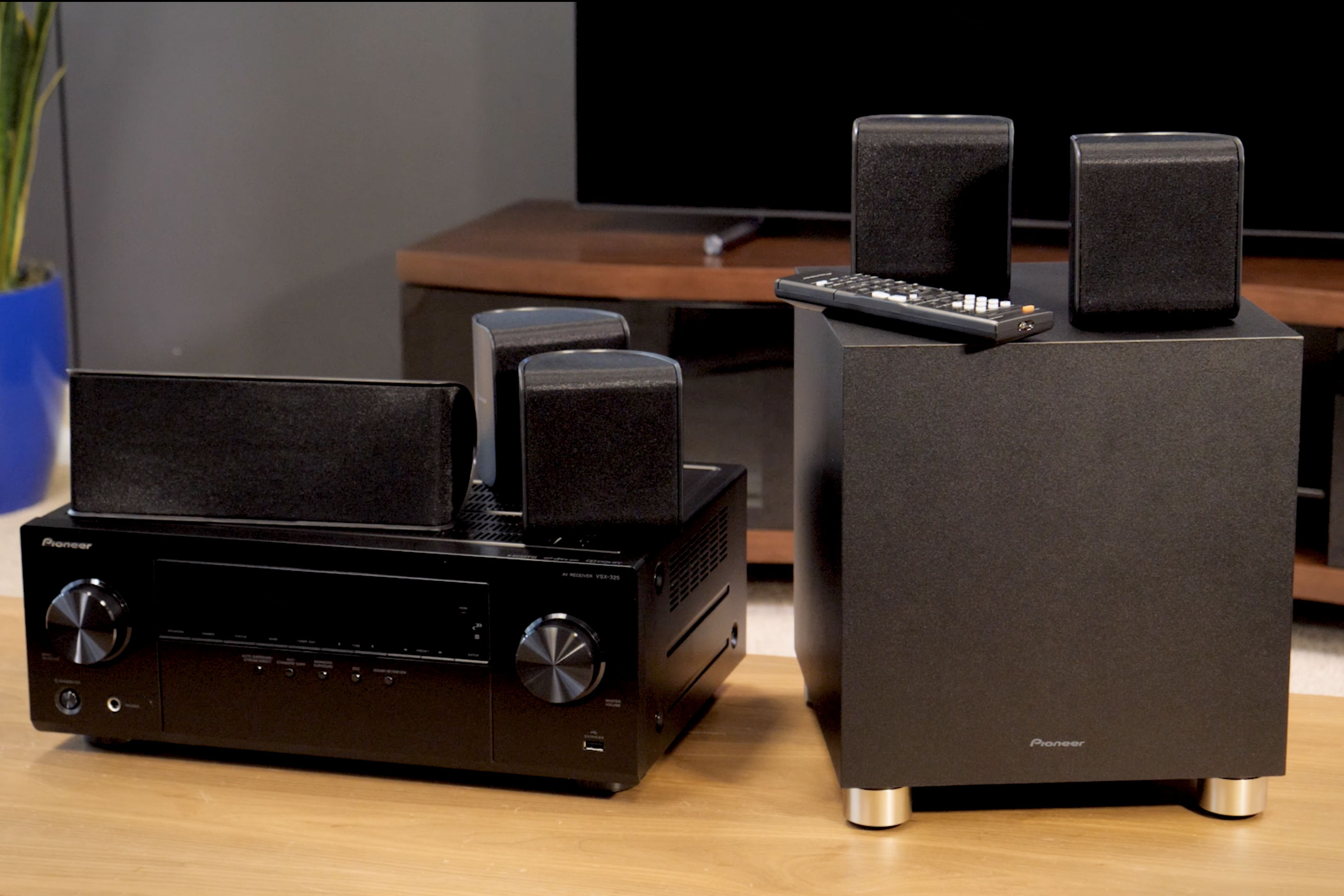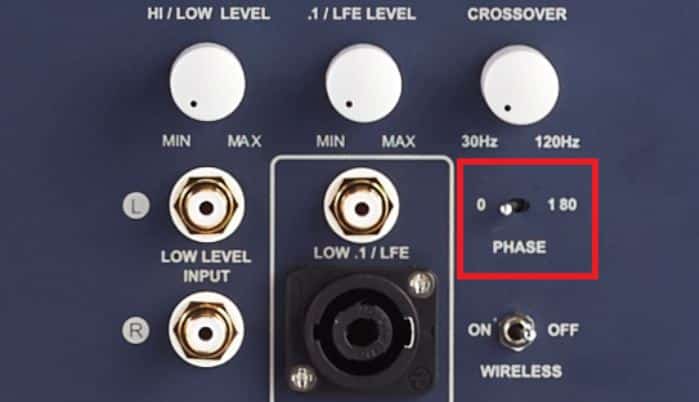The Ultimate Guide to Buying Speakers: Making an Informed Investment
Introduction
When it comes to purchasing speakers, we often underestimate their importance and treat the buying process differently from buying a car. However, speakers are significant investments that can last longer than a car if well taken care of. This guide aims to change the way we approach speaker purchases by providing valuable knowledge and tips to make the process easy, enjoyable, and fulfilling.

Speakers 101: A Primer
If you’re new to the world of audio or home theater, familiarize yourself with the terminology used in speaker discussions. Check out our home audio glossary for a brief overview of the latest terms and concepts in the speaker landscape.
Determining Your Needs Consider your listening habits and determine the primary purpose for which you’ll be using the speakers. If you mainly listen to music with occasional TV and movie usage, a pair of quality bookshelf speakers or in-wall speakers may suffice. For more bass, consider adding a small subwoofer. If you’re an active listener or desire a more immersive experience, consider monitors or floor-standing speakers. If you’re looking to enhance your TV’s sound, a soundbar or soundbar with a wireless subwoofer might be ideal. For movie enthusiasts, surround sound is a must, requiring careful consideration of speaker placement.
Surveying Your Space To refine your speaker search, evaluate the space where they’ll be placed. Factors to consider include room size, openness, the need for speakers inside furniture or corners, and the impact of walls and floors on sound reflection. Also, take into account the room’s décor and find speakers that complement the space.
Speaker Placement Options Consider the placement options available in your room to determine the number of speakers you can reasonably incorporate into your system. Ensure the chosen speaker configuration aligns with the available space and enhances the listening experience. For example, surround speakers require proper positioning for optimal effect, and in-ceiling speakers can provide an elegant solution for certain room layouts.
Specs:
Impedance, Sensitivity, and Other Technical Considerations Matching your speakers with the amplifier or receiver is essential for both technical and sound quality reasons. Speakers have impedance ratings, measured in ohms, which should be compatible with the amplifier’s capabilities. Most receivers and amplifiers can handle an 8-ohm load, while low-impedance speakers require more power and careful consideration. Sensitivity, measured in dB per watt, indicates how loud a speaker plays with a given amount of power. Understanding these technical aspects helps ensure a safe and optimal pairing of speakers and amplifiers.
Brick-and-Mortar vs. Online Shopping When purchasing speakers, you have the option to visit physical stores or buy online. Brick-and-mortar stores allow you to touch and hear the products immediately and offer assistance in testing different combinations of speakers and electronics. On the other hand, online shopping provides cost savings, wider product selection, and the convenience of home delivery. Online merchants often offer free return shipping to address any dissatisfaction. However, online shopping requires longer turnaround times and carries the risk of damage during shipping.
Conclusion
By arming yourself with knowledge and considering your specific needs and space, buying speakers can become a well-informed and enjoyable process. Whether you choose to visit local stores or explore online options, this guide has provided valuable insights to help you make the right speaker investment for your listening pleasure.




